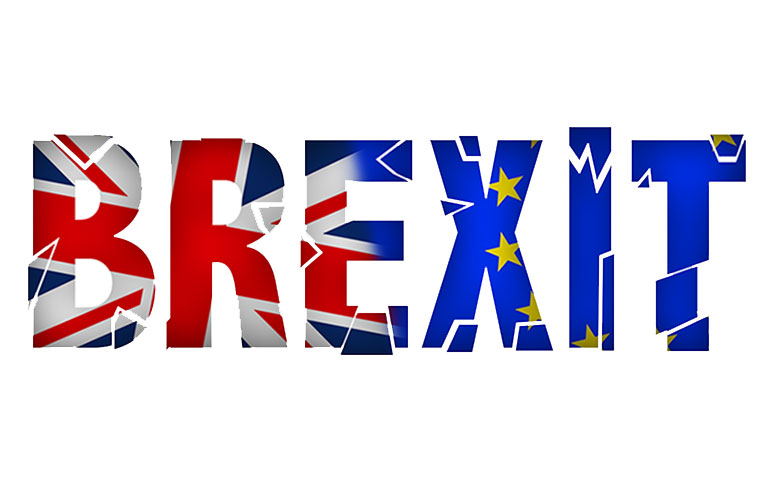22 November 2018
TINA
The key to the Brexit choice.
By John Watson
 Guilt has no place in decision-making. It biases the judgement towards outcomes which justify steps taken in the past. It distracts from what is important, with its emphasis on what happened previously. Look at the great decision-makers from chess players to military commanders. They look at the position as it is and exclude everything else.
Guilt has no place in decision-making. It biases the judgement towards outcomes which justify steps taken in the past. It distracts from what is important, with its emphasis on what happened previously. Look at the great decision-makers from chess players to military commanders. They look at the position as it is and exclude everything else.
It is for this reason that in looking at the Brexit choices, we should not worry too much about how we got to where we are. Were we misled by over-optimistic Leave propaganda in the referendum? Probably. Would people have voted differently had they realised that the Good Friday agreement was going to throw a monumental spanner into the works? Possibly. Could Mrs May have got a better deal if she had negotiated differently? Perhaps. Does the Withdrawal Agreement cut across red lines previously set by the Government? Maybe. None of this matters a damn. All that is important is where we are now, what our options are and how we pursue them. So let’s forget about whether Mrs May should have done better, about whether Mr Corbyn would have done better and about whether assorted Johnsons should be executed on Tower Hill, and look at the decision which now has to be made.
There are three options on the table, the first being the draft Withdrawal Agreement reached between the Government and the EU last week. It has two stages. The first is the transitional period ending on 31 December 2020. By then it is hoped that trading arrangements will have been made between the UK and the EU which make it unnecessary to have a physical barrier across Ireland. That means a free trade agreement between the UK and the EU, and the problem with that is that if the UK enters into free trade agreements with other countries there is little to stop us becoming a conduit for their goods.
If that cannot be resolved, and at the moment it is not obvious how it would be, the UK moves to a backstop period, remaining a part of the Customs Union unless the parties agree otherwise. That involves continued oversight of our economy by the European Court of Justice, a continuing inability to enter into free trade agreements with third parties and adherence to EU standards in the making of which we would have no impact.
Looking at it on the surface, we will have given away our negotiating position, the £39 billion payout and the ability to withdraw on a no deal basis under the Lisbon Agreement, for a mess of pottage – but you can fairly ask whether that position ever really added up to much. After all, the right to withdraw on terms that wreck your economy is largely illusory, and we owe much of the £39 billion in any event. Positives are that our economy would continue to function much as before and we would be distanced from new EU initiatives such as the European army.
No one is very enthusiastic about this answer because it is not the economic independence which we aspired to. But Mrs May thinks that is the best deal available and it may well be no more than the final demonstration that the “have your cake and eat it” of the referendum was never more than a mirage. Although politicians inside and outside the Cabinet are trying to tweak the deal, there is no reason to think that they will be able to achieve a significant improvement.
So what are the alternatives? There is the second referendum about which we wrote last week. Would our European partners really want to take us back on the same basis as before, knowing that UK domestic politics would always be shaped by the fact that most people had voted “leave”? It seems unlikely. And yet a further referendum would not really work unless they were committed to do so. That leaves the third possibility, exiting without an agreement, a course which puts a tariff barrier down the centre of Ireland and will do huge damage to our economy. There seems to be almost no support for that in the House of Commons.
Norman St John-Stevas used to refer to Mrs Thatcher derisively by the acronym “TINA” because of her line that “there is no alternative”. Still, it is an expression which now describes Britain’s position quite well. If a further referendum is impracticable and the “no deal” scenario is too grim to contemplate, the unsatisfactory “half in/half out” of the Draft Withdrawal Agreement, possibly with some tweaks if they can be agreed, is really all that is left. How do we get there?
One obvious point is that changing Prime Minister won’t make much difference. The mathematics will remain the same whoever is in charge. To say that in some way Mrs May deserves to go may or may not be right but focuses on history rather than the way forward. It is mathematics that matter now and Mrs May, or indeed her replacement, will need Labour votes to get there.
In the end it would be a little surprising if she didn’t. Mr Corbyn’s line is that his party believes that we should remain in the single market and customs union, so the possibility of being trapped there presumably carries few terrors. Why then would Labour risk a no deal withdrawal? Possibly because it could lead to a general election, but to put themselves before the public on the basis that they had compromised the national interest to do so, would carry obvious risks. In the end it’s hard to see them walking through the “no” lobby together.
Suppose, then, the Withdrawal Agreement goes through. Industry will breathe a sigh of relief and we will probably drift from transitional to backstop period. There will be lots of shouting about vassalage among the politicians but the rest of us will get on with our lives for a time – at least until something new happens to reshuffle the cards. Maybe a right turn in European politics; maybe a deepening or fracture of the EU structure. Maybe something quite different. We will just have to wait and see.


